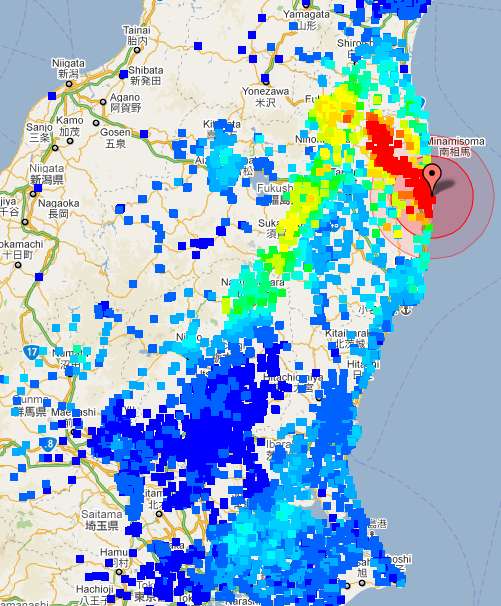From MapLight:
March 18, 2011 - Capitol Hill has looked to the Nuclear Regulatory Commission to give assurances about the safety of nuclear energy following the continued crisis in Japan at the Fukushima Daiichi Nuclear Power Station. On March 16, the head of the Nuclear Regulatory Commission, Gregory Jaczko, testified before the House Energy and Commerce and Senate Environment and Public Works committees.
MAPLight.org has done an analysis of contributions to lawmakers sitting on the above committees based on figures connected to Nuclear plant construction, equipment & svcs and Nuclear energy provided by the Center for Responsive Politics.
Lawmakers currently serving on the House Energy and Commerce Committee received on average $9,024 from contributions connected to nuclear energy while their non-committee counterparts received an average of just $3,314, a difference of about 63%.
On the Senate side, the gap is closer but still apparent. Senate Environment and Public Works Committee members received an average of $11,229 while their non-committee counterparts took in $9,605, a difference of about 15%.
Based on contributions from Jan. 1, 2001 to Dec. 31, 2010, the industry has given over $4.6 million to lawmakers that have served since the 109th Congress. Current lawmakers have taken in more than $2.7 million in contributions in that same time frame.
| Total Contributions from the Nuclear Energy Industry (Jan. 1, 2001 - Dec. 31, 2010) |
| |
| Total to current and former lawmakers (109th-112th) |
$4,624,007 |
| Total to current lawmakers |
$2,747,334 |
| Total to current Senators |
$989,709 |
| Total to current House members |
$1,757,625 |
| Average to current Senators |
$9,897 |
| Average to current House members |
$4,004 |
| Average to current Senate Environment & Public Works Committee members |
$11,229 |
| Average to current non-committee members (Senate) |
$9,605 |
| Average to current House Energy & Commerce Committee members |
$9,024 |
| Average to current non-committee members (House) |
$3,314 |

























